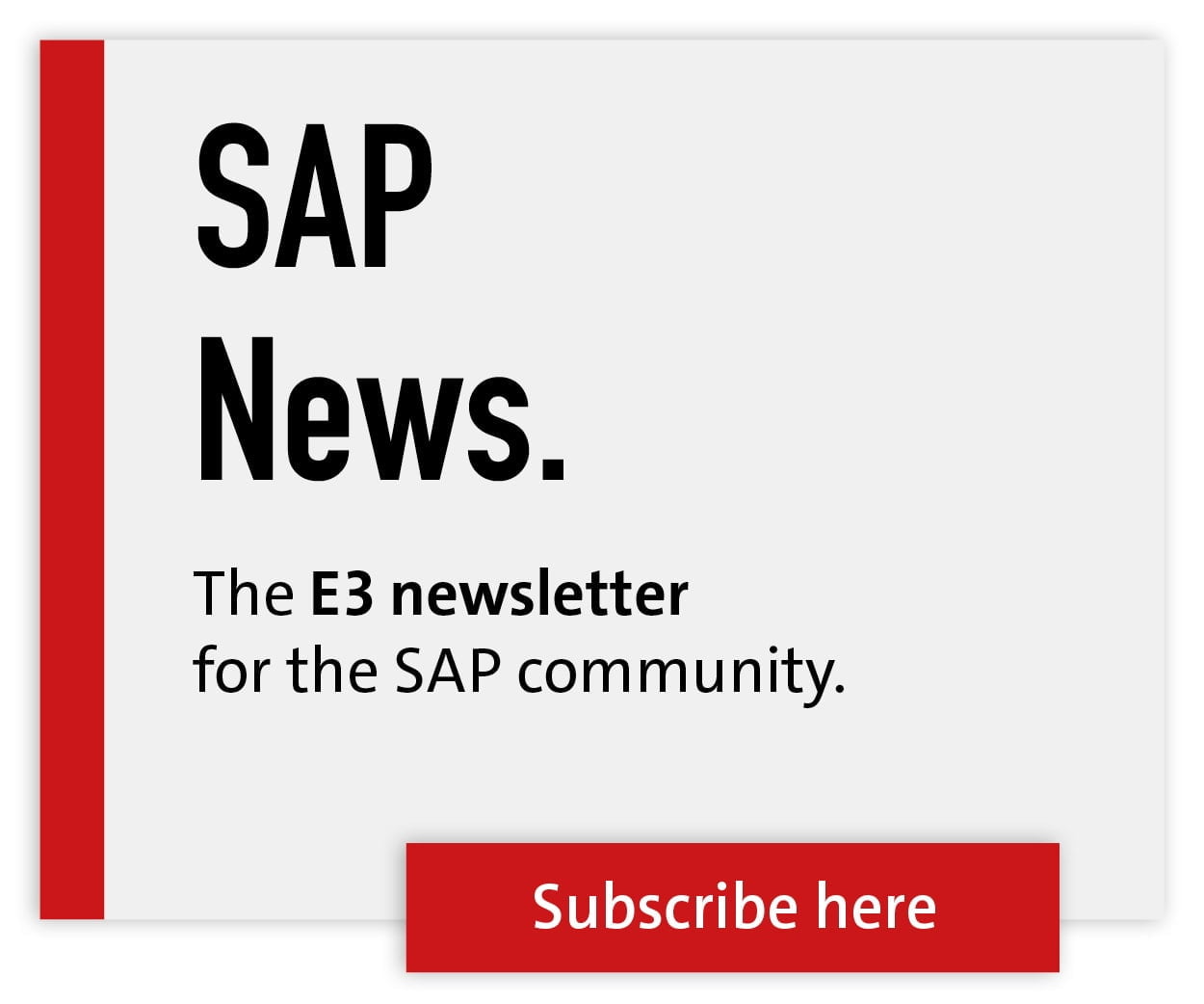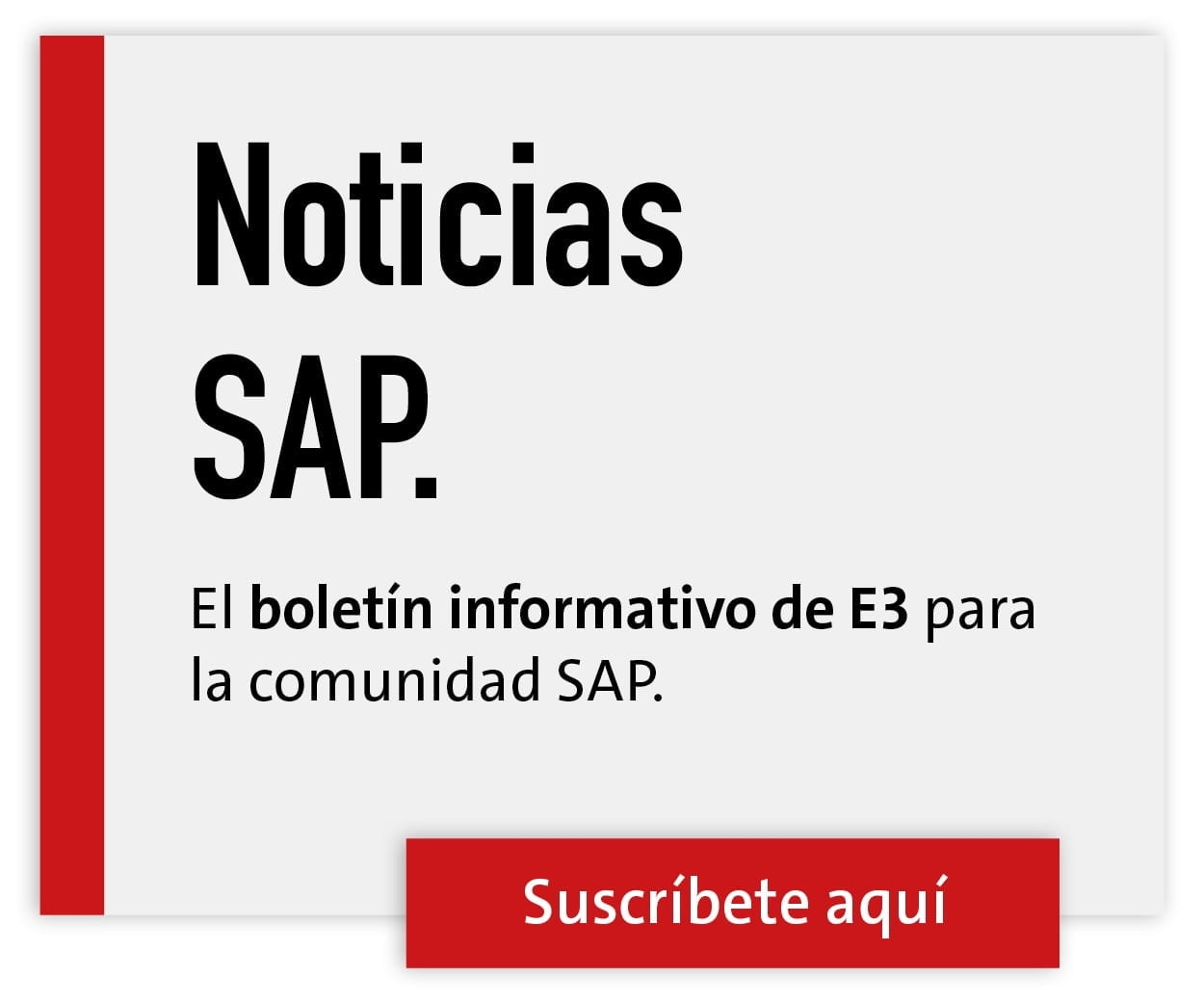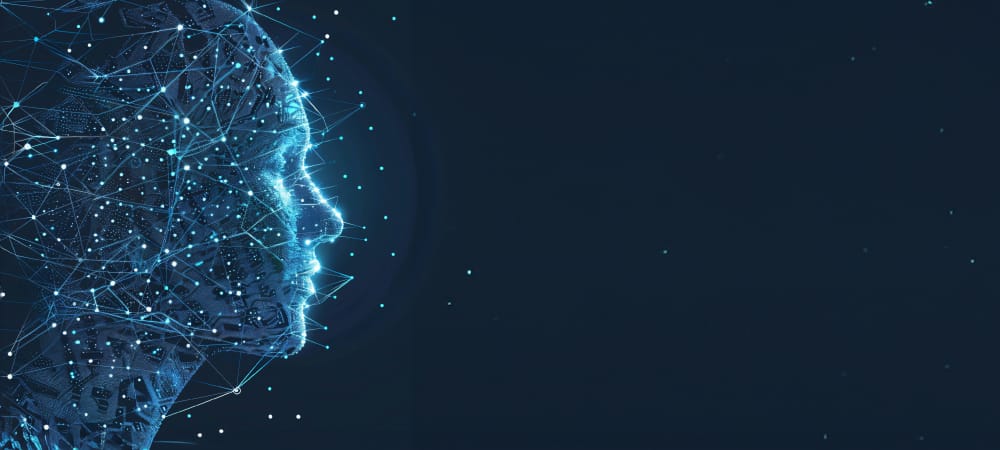Open questions


"Best of Breed is back" was an ondit during your keynote at the beginning of this year's DSAG Technology Days, which obviously made some listeners wonder. What do you mean by "Best of Breed is back"?
Ralf Peters: In companies, additional software applications are increasingly being used, particularly at the request or request of specialist departments.
Perhaps a tax calculation for China as a cloud solution; perhaps this or that specialty of pricing as an add-on for a corporate application. Perhaps a marketing department also has a need for a custom-fit editorial system and, and, and.
I think in the past, there were more guidelines or standards about what was possible and what was not. And today? IT can no longer act as a kind of naysayer or preventer.
After all, one wants to enable improving innovations so that companies can develop forward. And that at high speed. Today, you have to be open to the wishes of business departments, even if it doesn't always seem pleasant for IT.
Does this involve a certain crumbling away of SAP functionality?
Peters: There is certainly more competition for SAP. SAP is relying on the cloud - and is thus entering into new or different competition. This means that if someone offers a better application for travel expense accounting, for example, SAP will have to face the competition.
Who then takes responsibility for integration?
Peters: At the end of the day, IT bears the responsibility and is also required to implement the integration.
Isn't SAP also responsible for integration?
Peters: SAP will certainly have to deliver there as well.  After all, they are pushing this kind of small-scale approach and also offer individual cloud products. For example, SAP Cloud for Customers (C4C) as a cloud CRM system - which certainly brings integration advantages if you use it as an existing SAP customer. But there are also alternatives.
After all, they are pushing this kind of small-scale approach and also offer individual cloud products. For example, SAP Cloud for Customers (C4C) as a cloud CRM system - which certainly brings integration advantages if you use it as an existing SAP customer. But there are also alternatives.
However, in my view, the business for SAP will become larger rather than smaller in the future, despite possible cloud alternatives. Existing SAP customers will probably always include SAP applications in their calculations because they assume that it is easier to connect SAP software to existing SAP systems.
DSAG's intention is for SAP to provide high-quality applications that fit well into SAP customers' landscapes.
Recently, a kind of pro-cloud attitude has been spreading among DSAG. Where does this change come from?
Peters: From my point of view, the trend on the market is moving strongly in the direction of cloud computing. There has also been a certain amount of skepticism with regard to data security, because proven solutions have been created for potential problems.
And: If you take a deeper look at cloud computing, it often becomes clear that cloud computing solves certain requirements better than on-premise. However, there are also requirements that a cloud offering cannot provide.
A relatively strongly customized system will very likely not find its place in the cloud. Who will take care of it in breadth and depth? People will say: never in the cloud.
I am a little surprised that companies are now saying: Finance in the cloud? - No problem. If you had asked me two years ago whether companies were moving their financial data to the cloud, I would have answered: never ever.
The SAP Cloud Platform is coming more and more into the spotlight. However, the SAP Cloud Platform is still in its infancy and is a relatively young product. Where do we stand today?
Peters: There are some areas that work very well. For example, Fiori development via the SAP Cloud Platform. Everything is there and it is round; it can be used without restrictions. On the other hand, it can be seen that there are still a few meters to cover in relation to the entire application landscape in the SAP store.
Until a best-of-breed offering of the modern era can be offered from a single source and used to advantage. A corresponding SAP Cloud Platform diversity will only exist if SAP succeeds in motivating partners to invest.
DSAG would welcome it if SAP succeeded in making add-ons or additional solutions from partners available via the SAP Cloud Platform. However, SAP must also demonstrate that its cloud platform is enterprise-ready.
Resilient and reliable information in terms of SAP Cloud Platform product strategy is a necessary basis and must be provided!
How does DSAG support its members with regard to SAP Cloud Platform?
Peters: In principle, there are various working groups in the technology area that deal with the topic of SAP Cloud Platform from their respective perspectives. Among other things, the SAP Cloud Platform plays a role in the further development of the Business Suite.
Necessary legal and functional changes up to 2025 could, where possible, also happen in the SAP Cloud Platform. In general, we will help with information and from the working groups that the SAP Cloud Platform is considered in the IT strategy of the companies.
On the subject of digitization: This was a major focus at last year's DSAG annual congress. Is it still the IT manager who gets to fix it in companies?
Peters: Digitization generally and primarily has to do with business models. And this must be supported by a company as a whole. The role of IT here - and I would argue that IT is virtually the last cross-sectional function in companies - is to look at whether everything really fits together. And can I deliver this or that and really operate it in accordance with established standards?
Today, many digitization impulses come from purchasing, sales or marketing, for example. Via peripheral departments to the business or to the suppliers or to the customers.
Digitization initiatives must make sense - and above all: they must be a new model for the business. If this is not the case, then we are talking about an optimization project, but not a digitization project.
The DSAG has recently identified a certain problem with young people. The problem is that young people are no longer sufficiently enthusiastic about SAP-related topics. What do you think is the reason for this?
Peters: SAP is certainly doing a lot in the university environment or at universities of applied sciences. From my point of view, we have the problem that young people want to deal less with SAP topics and business processes.
It is becoming increasingly difficult for user companies to find sufficient and well-trained SAP specialists. There is simply a need for action when it comes to SAP and recruiting. We as DSAG are trying to support our members here.
Although we cannot set up cost-intensive programs, we can cooperate with SAP, universities, partners and member companies and help to successfully implement corresponding projects through the considerable spread of DSAG.






